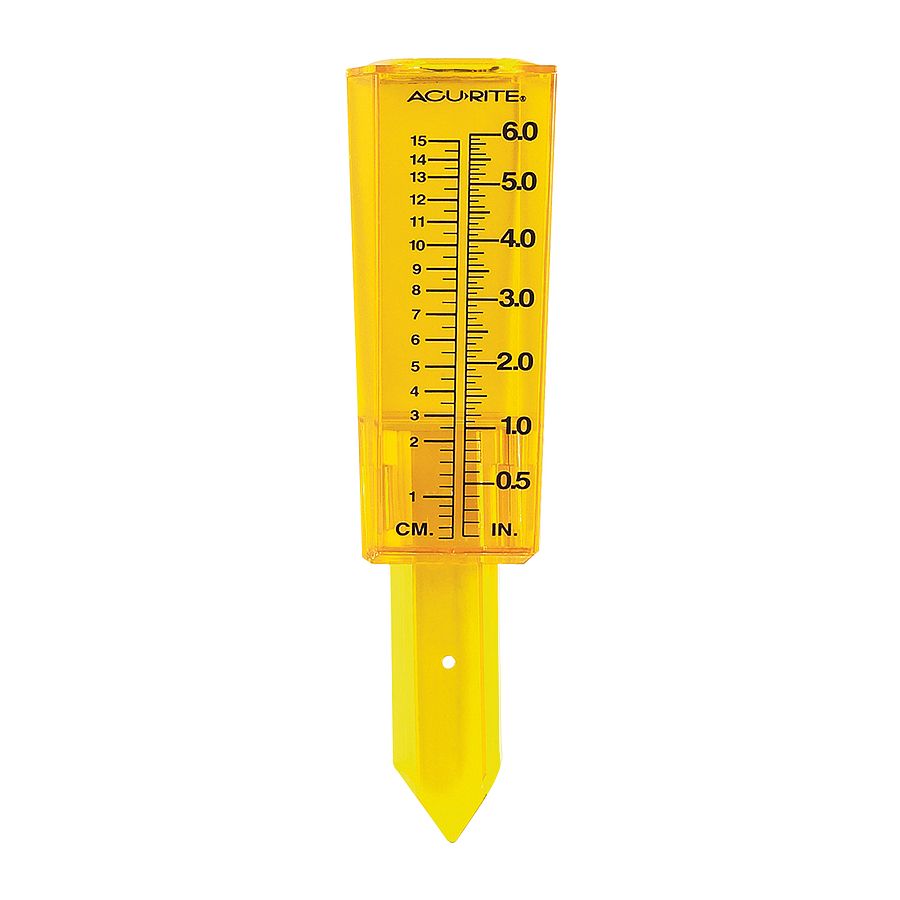Your Go-To Source on The Rain Gauge: Benefits and Practical Applications
Your Go-To Source on The Rain Gauge: Benefits and Practical Applications
Blog Article
Do It Yourself Rainfall Gauge: Easy Actions to Make Your Own
Developing your own Do it yourself rain scale is a simple and effective method to measure and tape rainfall. With simply a few usual materials and some basic steps, you can conveniently build your very own rain scale at home. Allow's obtain begun on making your DIY rain scale today!
Gather Materials
To start constructing your do it yourself rainfall scale, gather all the necessary materials making use of a comprehensive listing of items. Having the ideal materials accessible will make sure the effective development of your rainfall scale and permit exact dimensions of rainfall. You will require a clear plastic container or cylinder, such as a plastic bottle or jar. Make certain the container is clear so that you can conveniently see the water degree inside. Next, you will call for a ruler or gauging tape to note the increments on the container. This will certainly allow you to measure the amount of rainfall accurately. In addition, you will certainly need a long-term pen or water-proof tape to note the measurements on the container. When revealed to rain, this will certainly make certain that the markings stay visible even. Ultimately, you will certainly require a strong base or risk to safely hold your rain scale in place. This can be a wooden or steel stake that can be placed right into the ground or a strong flat surface area to give security. Collecting these products in advance will enhance the construction procedure and guarantee that you have every little thing you require to develop your very own do it yourself rainfall scale.
Prepare the Container

Mark the Dimension Increments
To properly gauge the quantity of rains, accurately noting the dimension increments on your DIY rainfall scale is crucial. Without precise and clear markings, it would certainly be tough to identify the specific amount of rains accumulated in your rain gauge. Right here are the actions to mark the dimension increments on your rainfall scale.
First, select the system of measurement that you want to use. The most typical units for measuring rainfall are millimeters and inches. Utilize a long-term marker or water-proof paint to note the increments on the side of your rainfall scale once you have selected the unit. For inches, you can note every quarter inch or every half inch, depending on your preference. For millimeters, you can mark every 10 millimeters or every 20 millimeters.
When marking the increments, it is essential to ensure that they are evenly spaced and clearly visible. Use a leader or measuring tape to make certain accuracy and uniformity. Furthermore, make certain that the markings are immune to fading or massaging off, as exposure to the aspects might cause them to deteriorate over time.
Area the Rain Gauge Outdoors
The rain gauge ought to be placed outdoors to accurately accumulate rains data. The area content picked for the rain gauge should be open and cost-free from any kind of obstructions that can possibly impact the measurement of rainfall. The Rain Gauge.
Additionally, it is important to position the rainfall scale on a secure surface area, such as a degree ground or a durable message. This will stop any motion or tilting of the gauge, which can bring about inaccurate measurements. It is likewise suggested to stay clear of placing the scale near any sources of fabricated water, such as sprinklers or water drainage systems, as this can hinder the accuracy of the dimensions.
Screen and Document Rainfall Data
Routine tracking and recording of rainfall data is necessary for precise data analysis and analysis. By tracking rains dimensions, you can gain beneficial understandings right into weather condition patterns, environment trends, and water resource monitoring. To efficiently monitor and tape-record rains information, it is necessary to develop a routine and preserve regular practices.
First of all, ensure that your rain scale is placed in an open location away from challenges such as trees or buildings that might block rainfall. Additionally, make certain the rain scale is level and safely anchored to stop any motion that could influence the precision of the measurements.

When taping the rainfall data, it is very important to note the day and time of each dimension. Utilize a ruler or a measuring stay with determine the rains depth in the rain gauge, and document this details properly.
To make sure the precision of the dimensions, it is recommended to empty the rain gauge after each recording. This will certainly prevent any overflow or dissipation from influencing succeeding dimensions.
Verdict
In final thought, creating a DIY rain scale is a useful and straightforward way to keep an eye on and tape-record rainfall data (The Rain Gauge). By following the steps laid out in this short article, you can quickly collect materials, prepare the container, note the Our site measurement increments, and position the rainfall scale outdoors. Routinely checking and taping rainfall data can offer useful info for numerous purposes
Having the best materials on hand will certainly make sure the effective production of your rainfall gauge and enable for accurate dimensions of rains.To properly measure the amount of rains, properly noting the measurement increments on your DIY rain gauge is important.The rainfall scale need to be put outdoors to precisely accumulate rains information. The area chosen for the rain gauge should be complimentary and open from any kind of blockages that might potentially affect the dimension of rainfall.In conclusion, creating a DIY rainfall gauge is a straightforward and functional way to keep an eye on and tape rains data.
Report this page